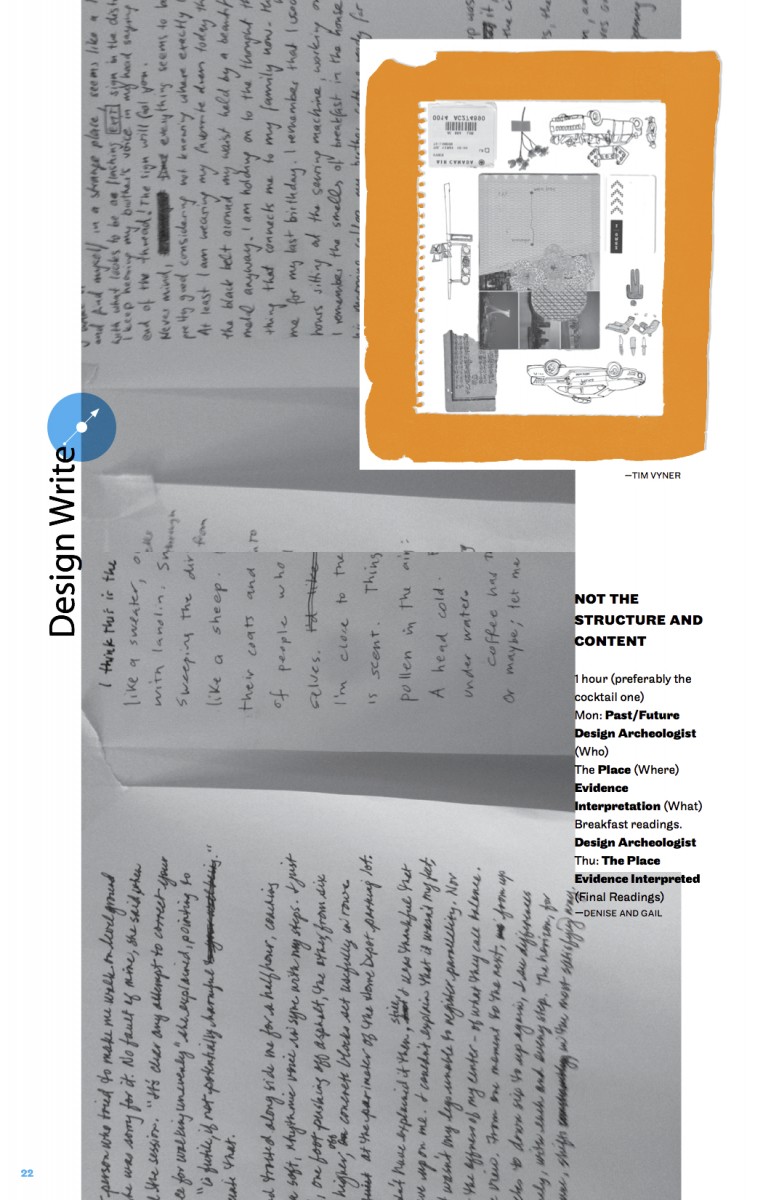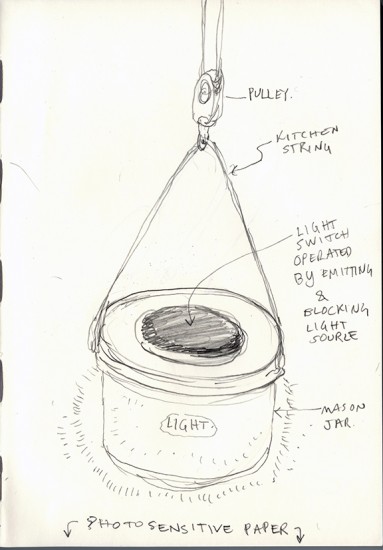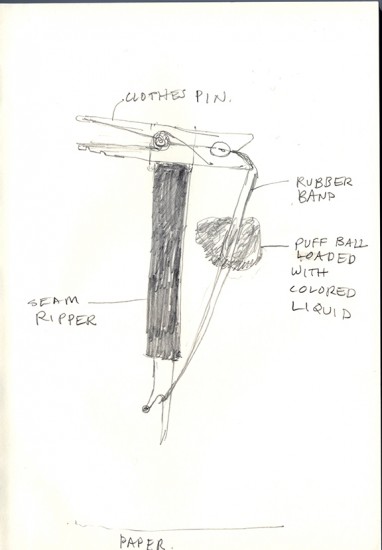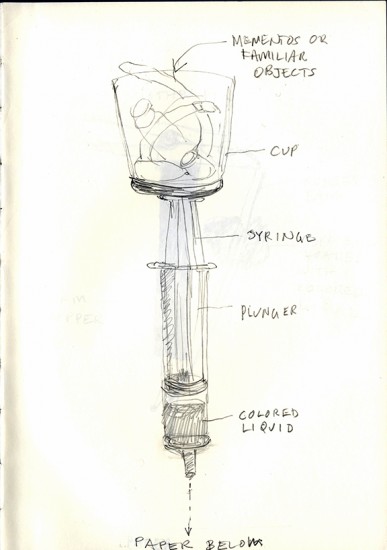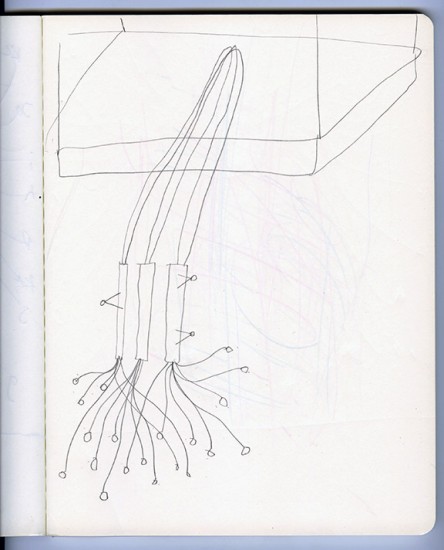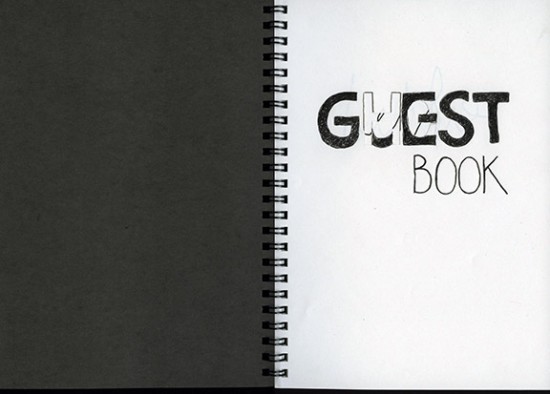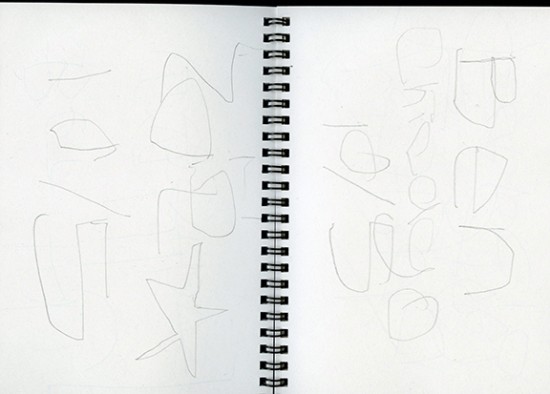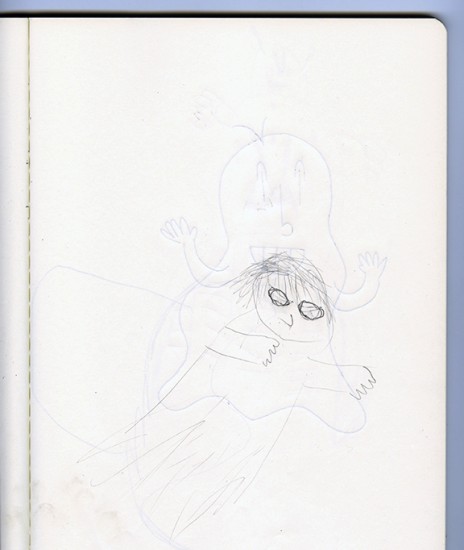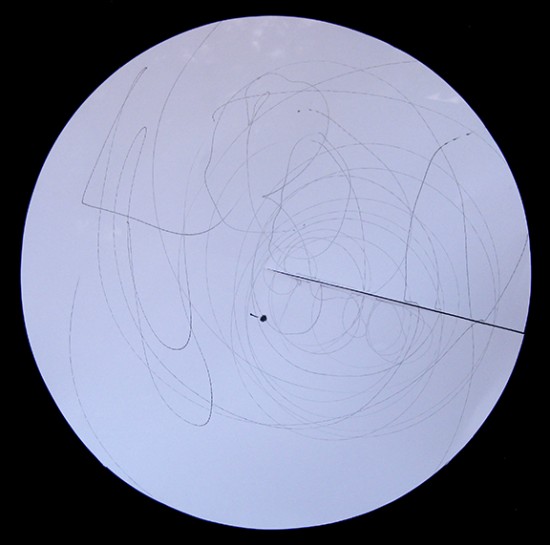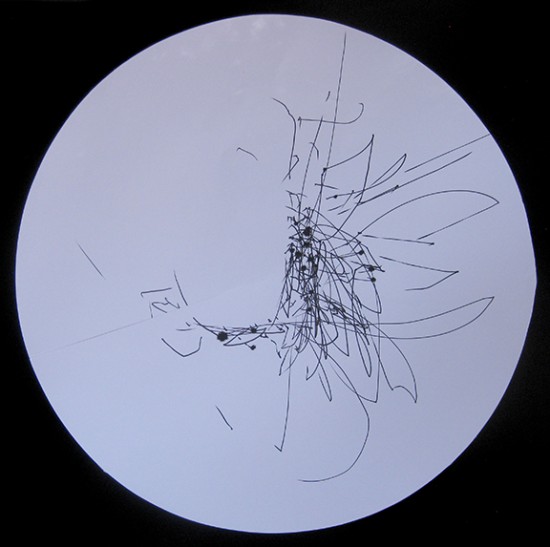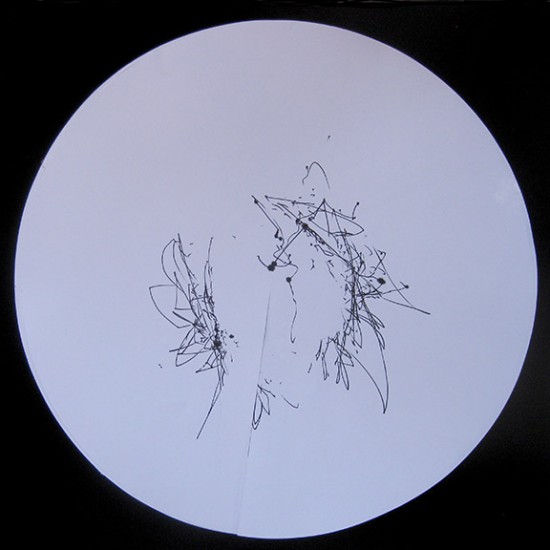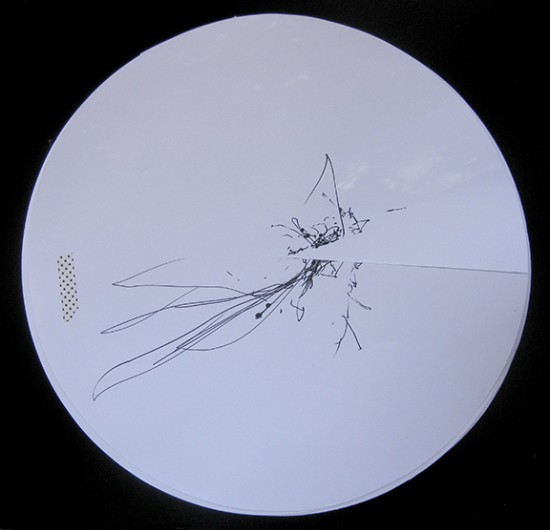DesignInquiry’s international team of Ghost-Drawing-and-Writing Experts — Anita Cooney, Denise Gonzales Crisp, Emily Luce, Arzu Ozkal, and Gail Swanlund — have extensive experience designing, producing, and operating machines, tools, and apparatuses that engage ghosts and facilitate their drawing and writing. These means of expression and communication are usually installed at bona fide haunted venues.
In October, 2014, the team brought their enterprise to the Gamble House in Pasadena, California — the elaborate Craftsman style home designed by Greene & Greene Architects in 1908. Part of Machine Project’s Field Guide to the Gamble House residency, the GDWE Team hosted an interactive session for human/ghost drawing collaborations. Some Gamble House caretakers suspect that family member and long-time resident Aunt Julia might still occupy the home, originally built for David Gamble (of Procter & Gamble) and his wife Mary.
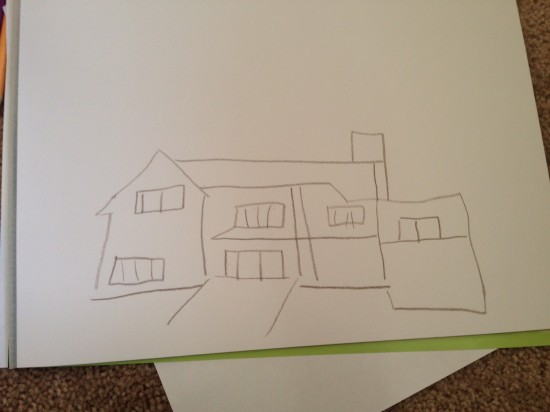
The session took place on the topmost floor, “The Attic,” initiated by an open invitation from the Team that asked ghosts, should they be listening, to visually communicate and express themselves. Professor of Architectural History Gabrielle Esperdy, a project consultant, noted “if the house has been so meticulously restored and fixed in a particular historical moment, it is undoubtedly filled with ghosts. They are the only ones who can walk on the carpet.”
It was essential that the ghosts not feel pressured to draw, as some ghosts just aren’t into it. Equally, the Team did not expect the ghosts to make themselves known. The Team was heartened during the planning stage, however, to learn from Kate Luce, Special Communications Expert and another project consultant, that a few ghosts were in fact looking forward to trying out the tools, to the extent that they would likely invite other ghosts from nearby houses who might have a connection with the Gamble House’s Family Day visitors.
The Team set forth to create a variety of machines, tools, and apparatuses that they hypothesized might inspire etheric beings to participate, and that might make drawing and writing easier for them. The inventions were informed by the expertise of JeanAnn Guetter, Occupational Therapist. She advised the Team that without a Formal Strength Assessment, (FSA), it would be difficult to anticipate ghost capabilities, especially their ability to manipulate physical matter with any dexterity.
With this advice and other information to guide them, the Team designed several tools and machines with the aim of investigating, rather than harnessing, ghostly interests and abilities. For instance, it is well documented that ghosts are particularly attracted to electrical and air currents. Several of the tools, then, employed these phenomena.
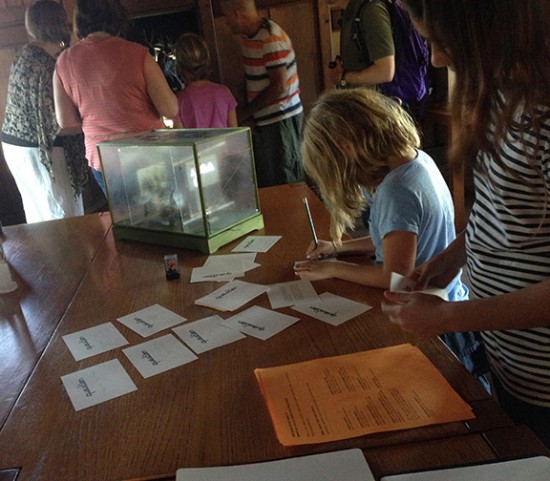
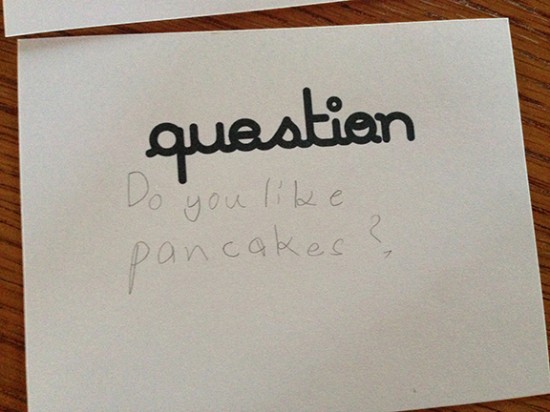
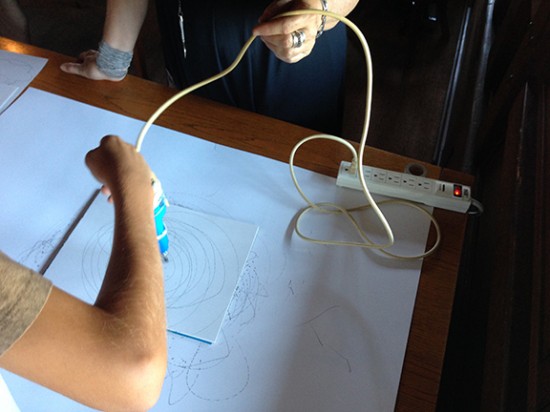
The team explored translation and imagination as a tool development method.
Visitors who signed the G(ho)uest Book found empathy with vaporous existence, drawing with a tool that simulates the difficulty ghosts likely experience when they attempt to create earthly marks.
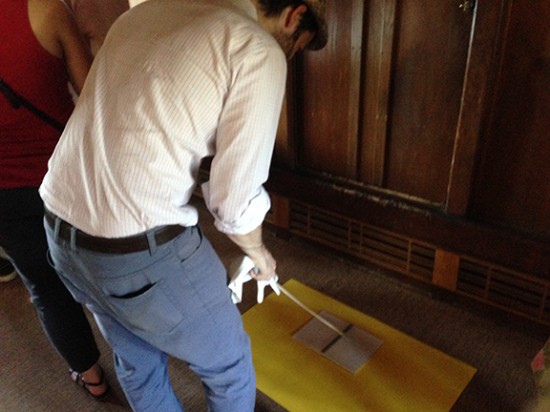
The Team modified the tools and machines on the fly to adapt to circumstances that surfaced during the session, with a modicum of success.
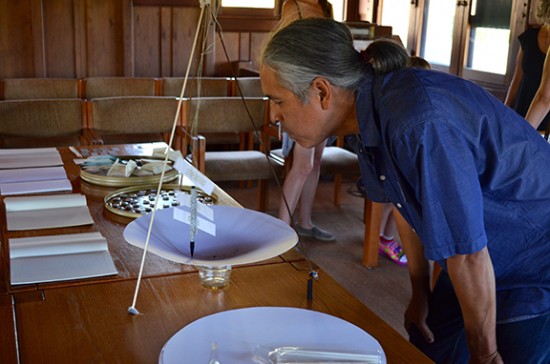
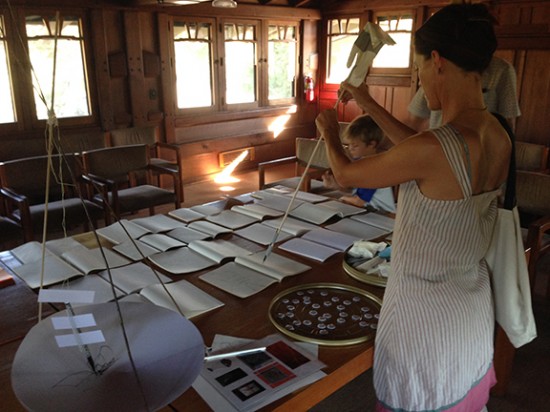
There were opportunities to correspond with ghosts as well.
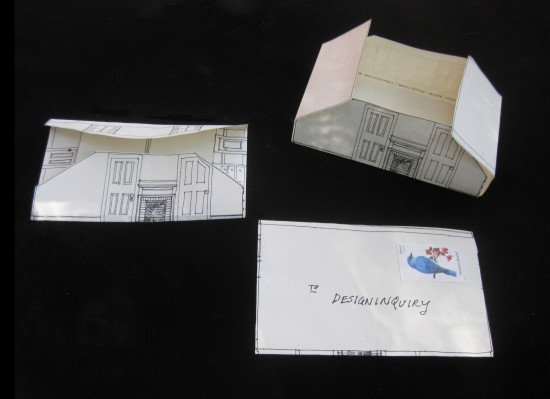
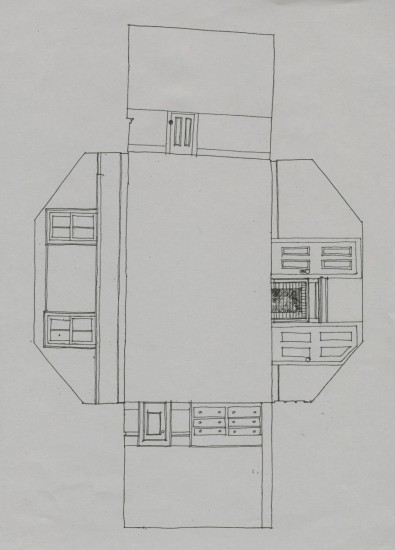
From the evidence collected — drawings and writing created through visitor interaction with the tools, machines, and apparatuses installed on site — it would appear that the human collaborators did draw with ethereal beings in one way or another. For instance, a drawing of a woman by one visitor strongly indicates that Aunt Julia collaborated to create a self portrait.
Many of the drawings point to a private visual language shared among ghosts.
The Team is in the process of decoding and translating similarities across the drawings, but all appear to be influenced by this same ghostly language.
The Team especially thanks their Spirit Matter Experts (SMEs): Professor of Architectural History Gabrielle Esperdy, Occupational Therapist JeanAnn Guetter, Special Communicator Kate Luce, and Res Ipsa Liqator Rod Sayers.
A sincere and very special thank you to Machine Project, Mark Allen, Elizabeth Cline, and Anne Mallek, Curator at The Gamble House.


